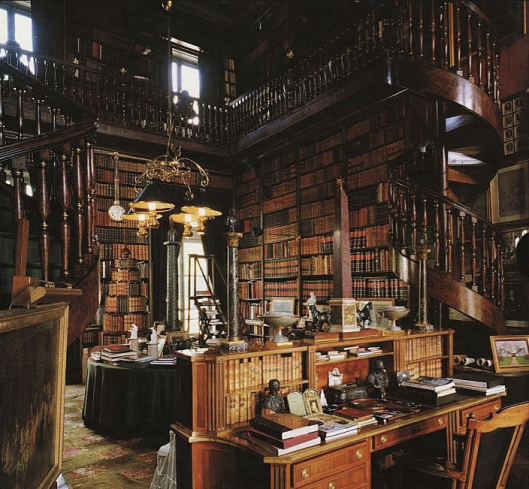I’ve found a picture of Gordon Hatfield, albeit turned from the camera. This is from circa the mid 1940s, some twenty years after Lovecraft had first met him…

In 1922 Hatfield, along with Lovecraft, was an attendee of what appear to have been predominantly (but discreetly) gay parties hosted in Cleveland by Hart Crane and Samuel Loveman. Lovecraft listed Hatfield as one of the Cleveland “intelligentsia” in one of his poems which recalled these parties.
As a composer Hatfield is now so obscure that I can’t even find birth/death dates for him. I can find mention of his music for: “I Love Thee; words from the Russian of Pushkin”, 1920; “Ye Songs of Mine: poems from the Russian of Mekrassow”, 1920; “Cycle of Wistful Songs (after Goethe)”, 1921; and his music for a major stage comedy musical Wappin’ Wharf: A Frightful Comedy of Pirates, 1922 (“The time is remote, and ships of forgotten build stand out from Bristol in full sail for the mines of India…”). Whatever he did while in New York in the mid 1920s, it left no trace. He obviously returned to Cleveland, and in the 1940s had become… “professional [stage] director, Gordon W. Hatfield of the Cleveland Playhouse” (Theatre Arts magazine, 1955). He obviously also acted as there is a photo of him in full costume on stage in 1948.
Lovecraft might (my speculation) have encountered Hatfield at New York parties in the mid 1920s, since he and Hatfield were both loosely (Hatfield apparently feuded with Crane, Crane was indifferent to Lovecraft) orbiting around the Crane/Loveman circle there. But judging by his 1924 letters Lovecraft was obviously disturbed by Hatfield’s open effeminacy in 1922, so they would doubtless have avoided each other even if they had attended the same parties or visited the Double-R (a bohemian/gay cafe) in the mid 1920s. There’s no entry for Hatfield in the index to Letters from New York.
While Lovecraft’s letters often express a very attentive and delighting admiration of the handsome looks of his latest adolescent friend, Lovecraft couldn’t abide any effeminacy in males — even while having perhaps just a touch of that same manner in himself (Hart Crane once refered to him in a letter as “piping-voiced”). Hatfield appears to have been an openly effeminate gay man, almost certainly the first Lovecraft had ever encountered. Some eighteen months after meeting Hatfield in 1922, Frank Belknap Long told Lovecraft that he had met Hatfield in New York. Lovecraft responded, and recalled…
“To be sure, I recall him! Dear, dear! how he used to sit cross-legged on the floor at Eglin’s, little sailor’s cap tucked gracefully under one arm, sport shirt open at the neck, gazing soulfully up at Samuelus [Samuel Loveman] and discoursing of arts and harmonies of life! I’m afraid he thought me a very crude, stupid, commonplace, masculine sort of person” (Selected Letters I, p.281).
In a letter to Morton, Lovecraft was rather more crude in his description of Hatfield…
“And say! Have you seen that precious sissy Gordon Hatfield, that I met in Cleveland? Belknap [Frank Belknap Long] says he’s hit the big town [New York], & that he’s had some conversation with him. When I saw that marcelled what is it I didn’t know whether to kiss it or kill it! It used to sit cross-legged on the floor at Elgin’s & gaze soulfully upward at [Samuel] Loveman. It didn’t like me & [Alfred] Galpin — we was too horrid, rough & mannish for it!” (to James Ferdinand Morton, 8th January 1924).






















